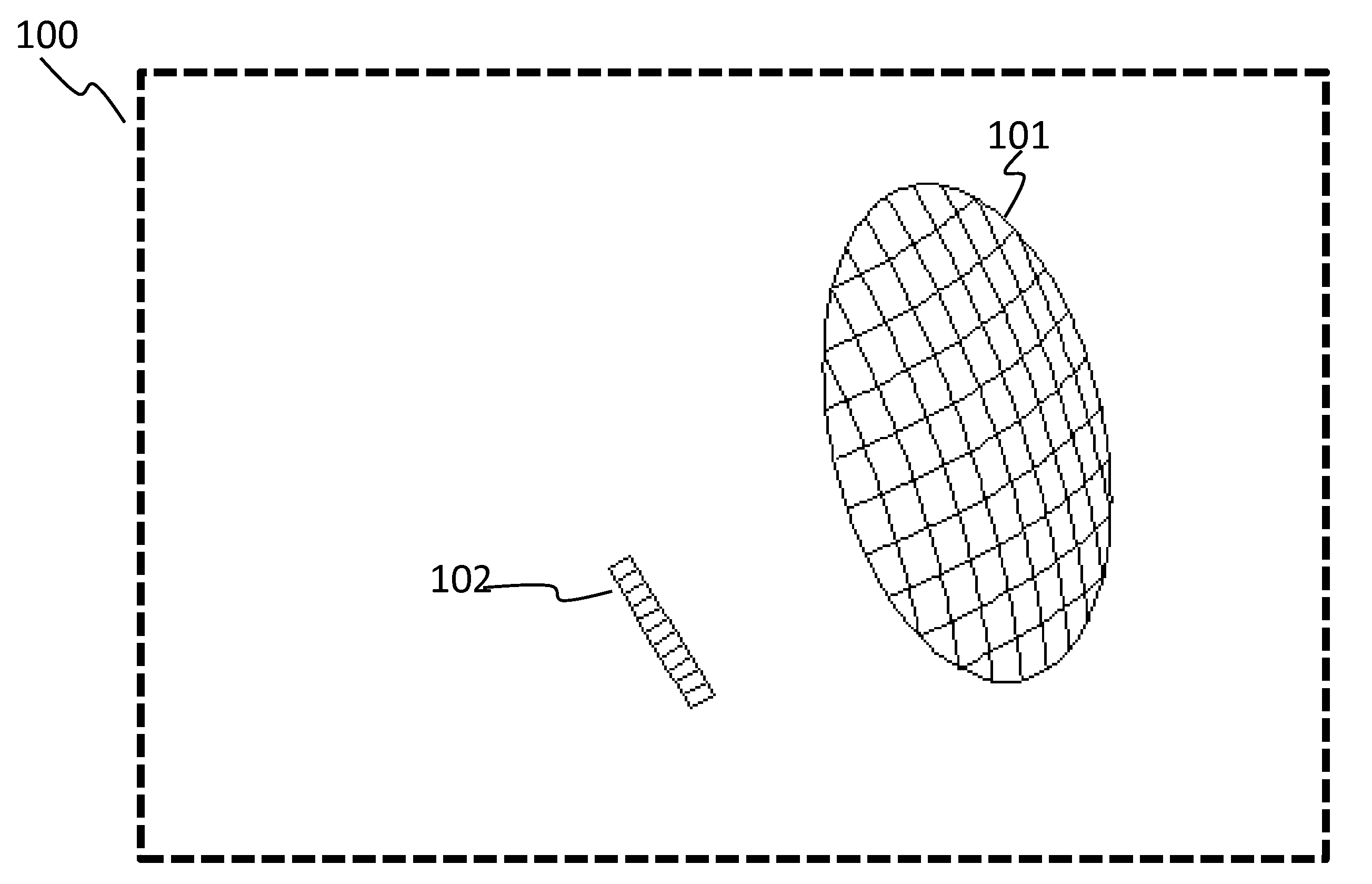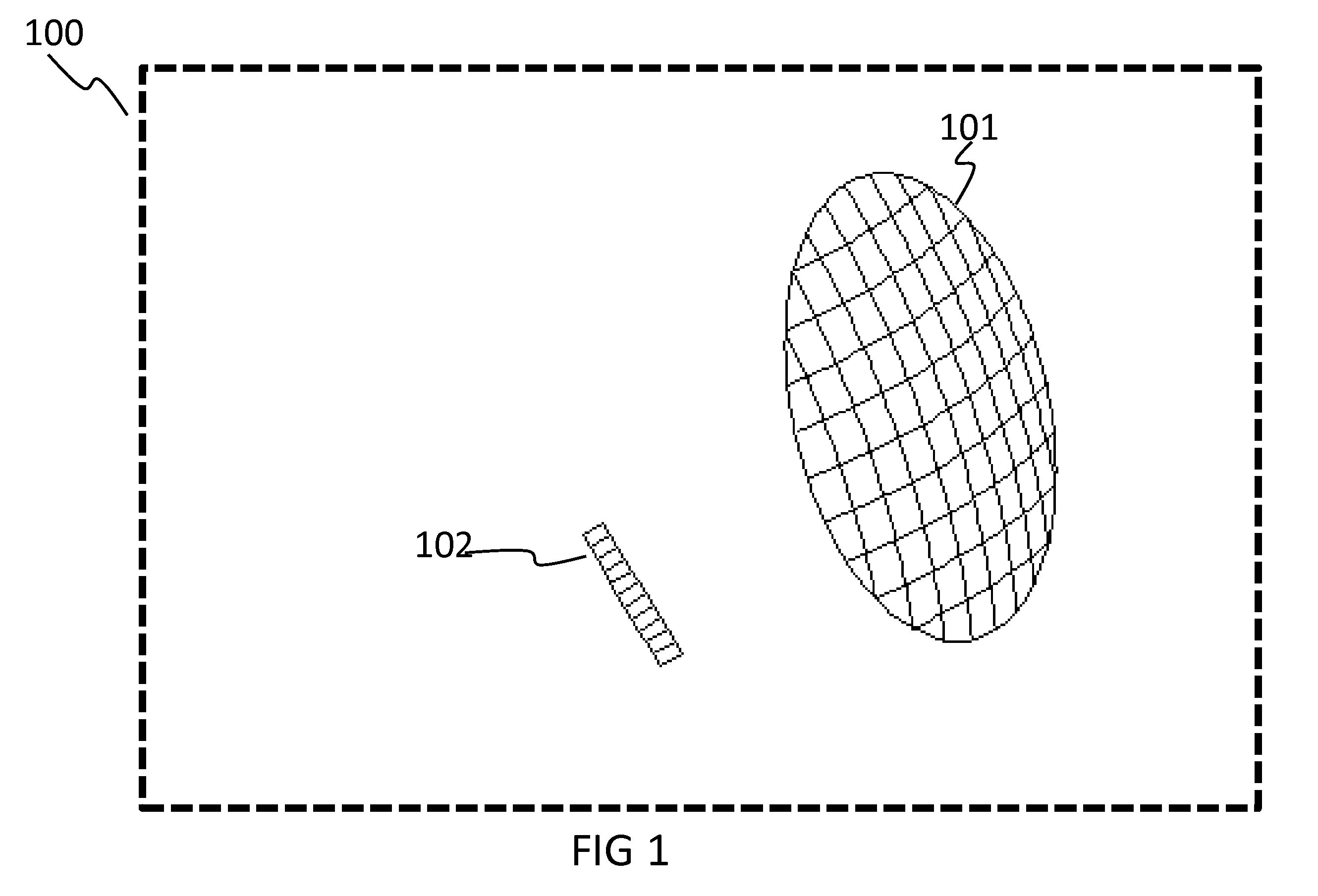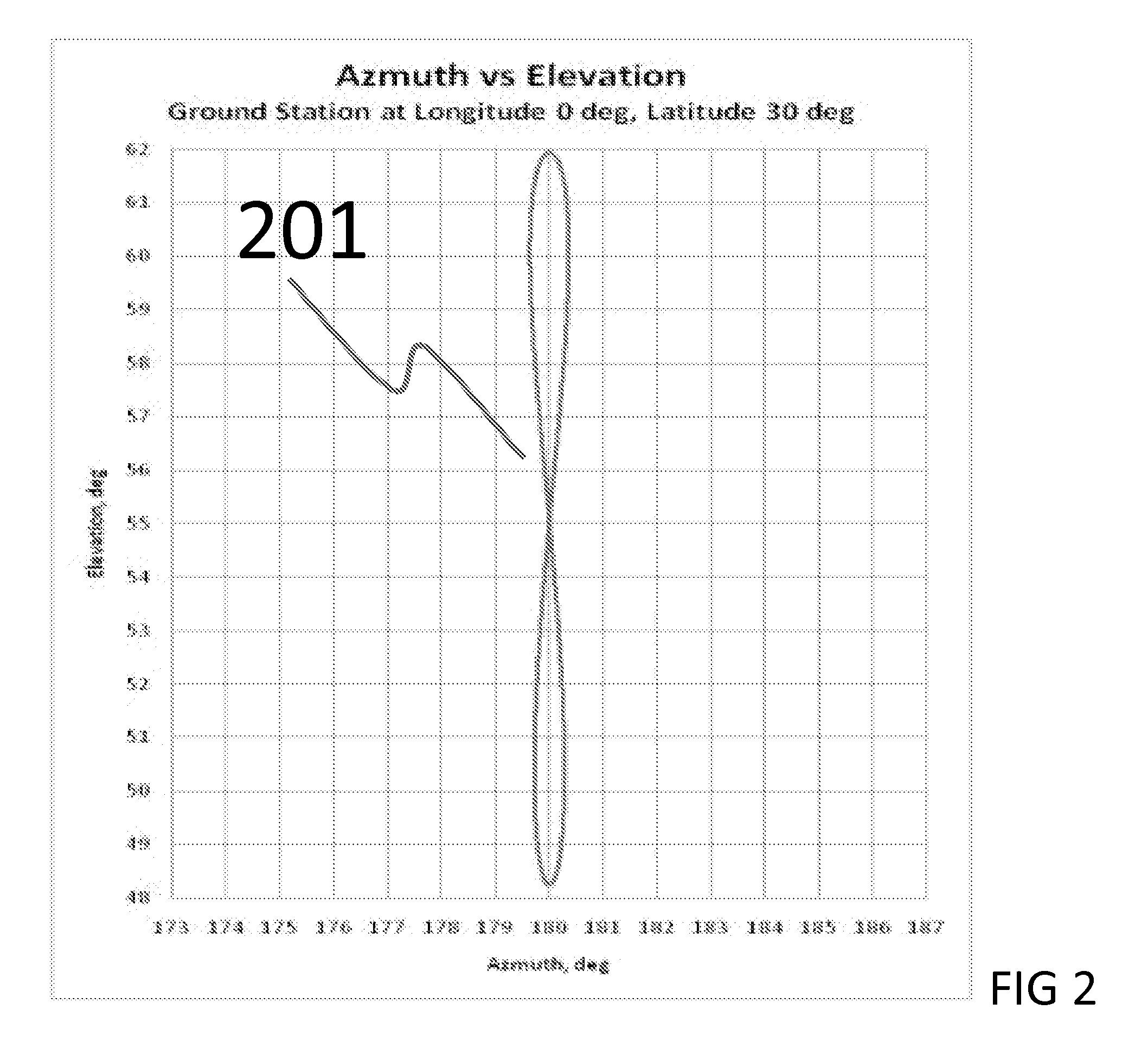Fixed User Terminal for Inclined Orbit Satellite Operation
a user terminal and satellite technology, applied in the direction of antennas, electrical equipment, radio transmission, etc., can solve the problems of limited function and poor beam forming performance achieved by using switches, and achieve the effects of reducing noise, reducing interference, and reducing nois
- Summary
- Abstract
- Description
- Claims
- Application Information
AI Technical Summary
Benefits of technology
Problems solved by technology
Method used
Image
Examples
Embodiment Construction
[0028]The present invention relates to the fields of communications systems and fixed user terminal design, and, in particular, to satellite-to-ground terminal communications and signal transmission methods. More specifically, but without limitation thereto, the present invention provides an advanced multi-beam fixed user terminal transceiver that is capable of tracking and communicating with multiple inclined orbit satellites while simultaneously tracking and eliminating interference signals from the direction of unwanted inclined orbit satellites. In this section, detailed description will be included by using figures and examples, etc.
[0029]As depicted in FIG. 1, our designed fixed user terminal 100 consists of a reflector 101 and a patch array 102, which composes a single antenna element. More than one antenna element may be used to comprise the fixed user terminal. Each element collects signals independently and then transmits signals to the beam-forming process which apply app...
PUM
 Login to View More
Login to View More Abstract
Description
Claims
Application Information
 Login to View More
Login to View More - R&D
- Intellectual Property
- Life Sciences
- Materials
- Tech Scout
- Unparalleled Data Quality
- Higher Quality Content
- 60% Fewer Hallucinations
Browse by: Latest US Patents, China's latest patents, Technical Efficacy Thesaurus, Application Domain, Technology Topic, Popular Technical Reports.
© 2025 PatSnap. All rights reserved.Legal|Privacy policy|Modern Slavery Act Transparency Statement|Sitemap|About US| Contact US: help@patsnap.com



